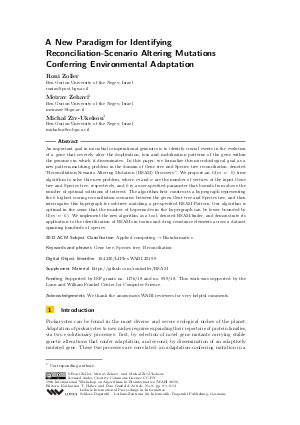LIPIcs.WABI.2019.9.pdf
- Filesize: 0.64 MB
- 13 pages

 Creative Commons Attribution 3.0 Unported license
Creative Commons Attribution 3.0 Unported license







































Feedback for Dagstuhl Publishing